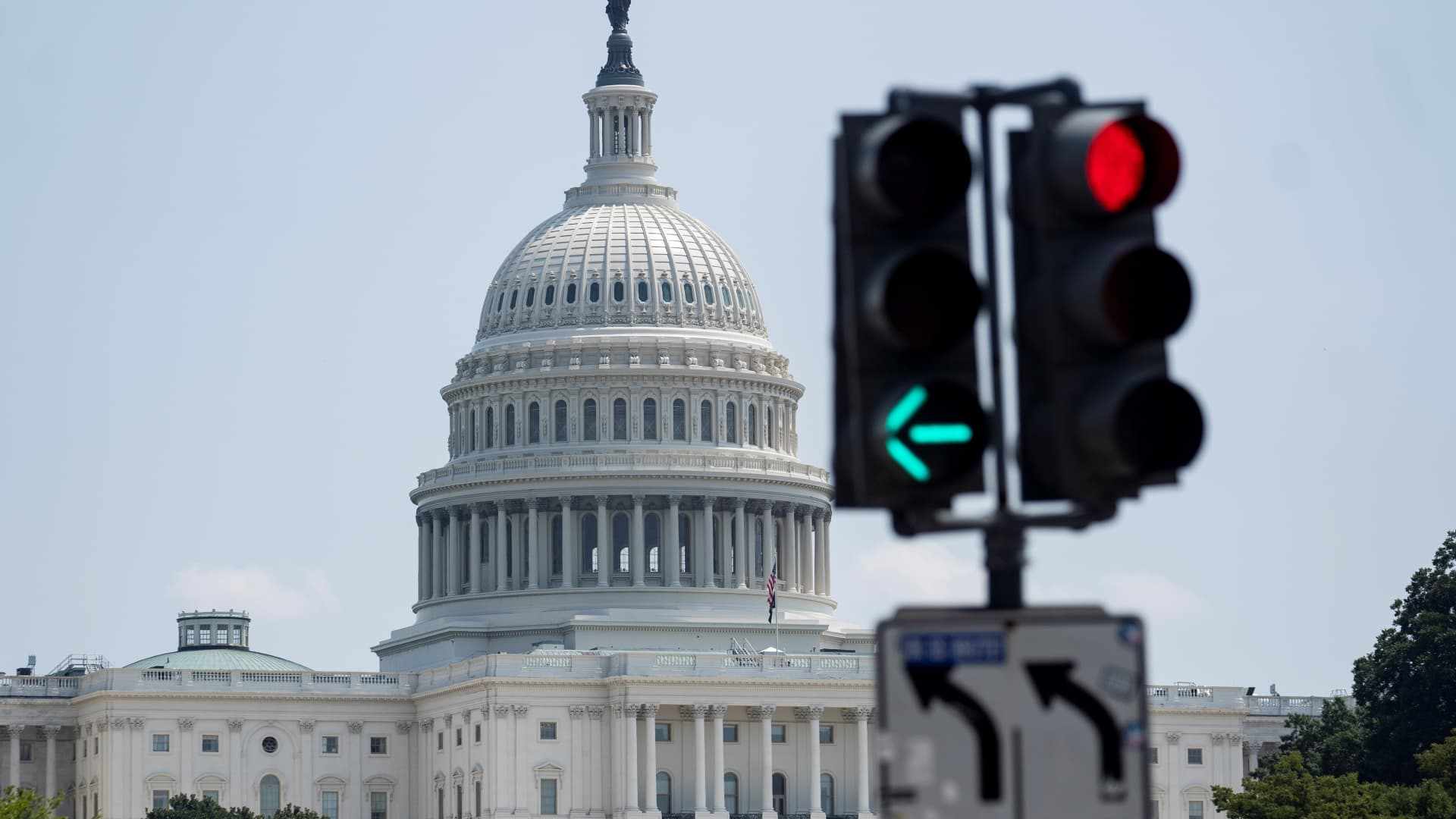Fed May Look To Tapering To Help Solve Inflation And Supply Chain Problems
- Date: 28-Oct-2021
- Source: Forbes
- Sector:Financial Markets
- Country:Gulf
Fed May Look To Tapering To Help Solve Inflation And Supply Chain Problems
According to the Stock Trader's Almanac, the final quarter of the year tends to be the strongest seasonal cycle for the bulls. After the September slump, stocks commonly find a bottom in October, and then they tend to close the year out higher. Of course, this isn't always the case. In fact, during the 2000 dot-com bubble, November saw the S&P 500 (SPX) drop more than 11% and the Nasdaq Composite (COMP:GIDS) drop almost 23%. Because every year is different, investors need to be aware of what factors can influence stock prices. This year, there are many influences including the Fed's tapering plans, earnings, rising inflation, rising interest rates, broken supply chains, rising oil prices, and potential energy crises. Let's break down these issues and discuss some red flags that could derail November. The Federal Reserve is expected to start tapering in November, which means it plans to reduce the amount of stimulus it has been putting into the economy. The Fed started stimulating in March 2020 because of fear related to the economic impacts of the COVD-19 pandemic. Economic growth and rising inflation have the Fed feeling confident that it's time to reduce the amount of stimulus. One risk






















